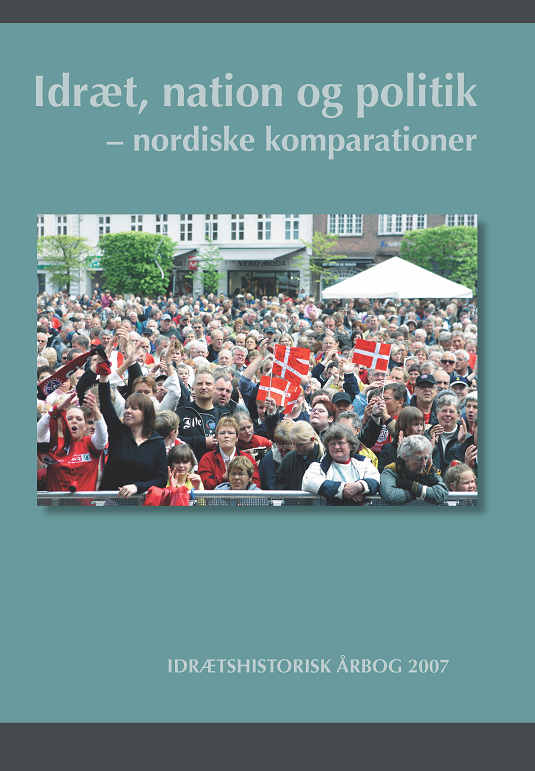Landskampen Sverige-Danmark - framväxten av en svensk fotbollsnationalism
DOI:
https://doi.org/10.7146/ffi.v23i0.31663Resumé
Artiklen belyser med udgangspunkt i landskamptraditionen, i form af fodboldslandskamp Sverige-Danmark, hvordan en svensk fodboldsnationalisme gradvis voksede frem fra 1910 -tallet.
Torbjörn Andersson: The example of Sweden
Around the year 1900 nationalism in Sweden was a conservative phenomenon and sports leaders were associated with this kind of grandiose patriotism. Later a more popular, collective feeling of national identity was sought – not least by the Social Democrats – in which the Swedish football national team would act as the rallying point. In this context, the internationals against Denmark – the first game goes back to 1913 – served the purpose, in that they, without descending to chauvinism, effectively contrasted the respective skills of both countries. It was at the games against Denmark that national symbols like the national anthem and the national flag became popular among ordinary people. A tradition of organised cheering was also established and this clearly showed how nationalism turned into a more popular phenomenon. This whole ritual around the international games was definitively established during the interwar period. By then the regional conflicts between Stockholm, Gothenburg and the province of Scania on how to form the strongest possible national side had more or less disappeared.

